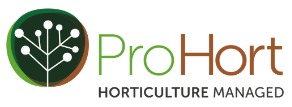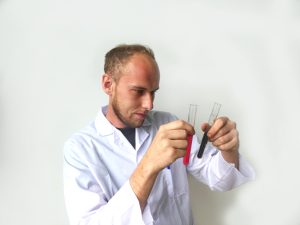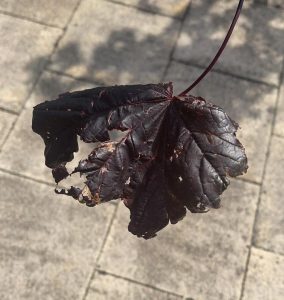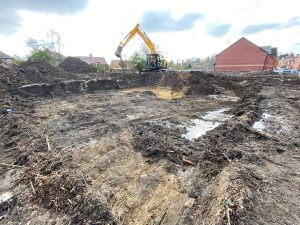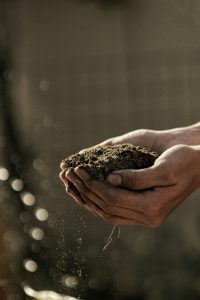Phytophthora Testing
Pathogen detection for plant health assurance and biosecurity compliance.
Phytophthora testing that confirms presence, identifies species and guides proportionate response — helping you protect planting, fulfil planning obligations and avoid costly losses.
Delivered nationwide with accredited laboratory diagnostics.
Do you need Phytophthora testing?
You may need Phytophthora testing if trees, shrubs or landscape planting show unexplained dieback, root decline or stress linked to soil-borne pathogens.
These tests provide the independent laboratory evidence required by planners, insurers, land managers and consultants under relevant environmental and biosecurity standards.
Most clients tell us the results prevented unnecessary removals, helped avoid spread, and kept planting schemes stable during critical project phases.
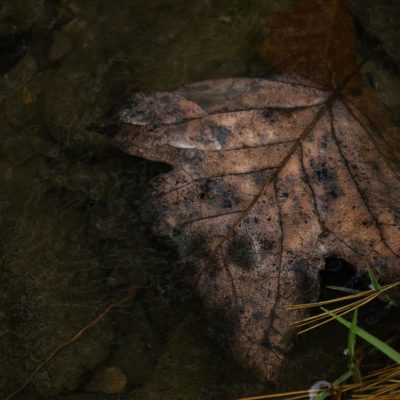
What is Phytophthora testing?
Phytophthora testing detects the presence of root-infecting pathogens using laboratory culture, DNA analysis or both, depending on species risk.
It identifies whether disease is present, its likely severity, and the steps required to protect planting or fulfil biosecurity obligations.
WAC Testing is often required when:
- disposing of soils from brownfield sites
- determining whether waste is inert, non-hazardous or hazardous
- remediating contamination
- complying with Duty of Care and waste-transfer regulations
- preparing spoil management strategies for planning
Send your location, plant species and photos of symptoms for a fast recommendation and the correct sampling method.
You may require Phytophthora Testing when you see:
Physical or plant-health signs:
- wilting or dieback despite adequate water
- poor root development
- sudden decline following planting
- dark, water-soaked lesions on roots or collars
- unexplained mortality clusters
Administrative Signs:
- planning conditions requiring plant-health assurance
- high-value planting schemes at risk (SUDS, screening belts, public realm)
- insurance or supply-chain disputes
- potential biosecurity breach from imported stock
- early-stage development requiring long-term planting viability
Early instruction keeps remedial work proportionate and prevents unnecessary replacement.
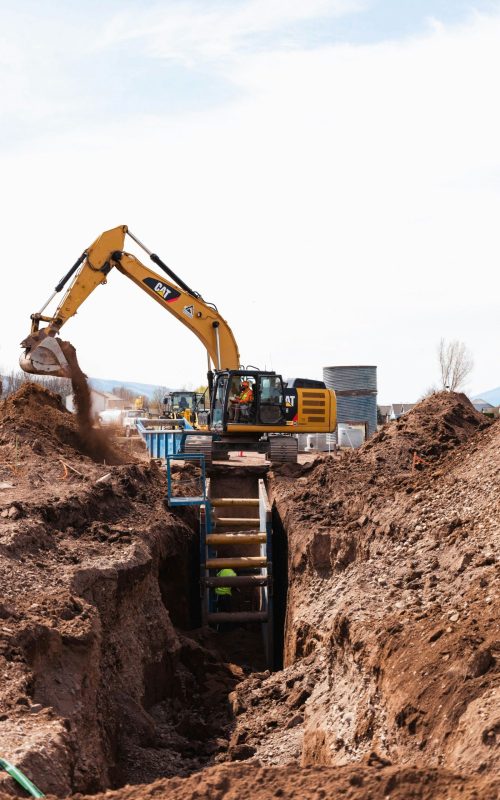
What We Deliver
| Service | Purpose | Outcome |
|---|---|---|
| Sampling Guidance or On-Site Collection | Ensure samples are viable and contamination-free. | Accurate, traceable laboratory results. |
| Laboratory DNA or Culture Testing | Detect key Phytophthora species. | Confirmed presence or absence with species detail. |
| Disease-Risk Interpretation | Assess severity and likely progression. | Clear, actionable understanding of urgency. |
| Remediation & Biosecurity Advice | Define proportionate next steps. | Practical plan without unnecessary escalation. |
| Formal Report (planning, advisory or evidence) | Present findings with full reasoning. | Structured, defensible documentation. |
That’s how evidence stays proportionate, planting stays protected, and your project remains predictable.
How it Works

Scope & Confirmation
Send species, symptoms and site details. We confirm the correct testing method.

Sampling & Analysis
We guide you through best-practice sampling or conduct on-site collection. Accredited labs complete diagnostics.

Reporting & Next Steps
You receive a concise, practical report with disease confirmation, risk level and proportionate recommendations.
Case Insight
Why Clients Choose ProHort:
- Integrated horticultural, environmental and planning expertise
- Evidence interpreted for real-world project needs
- Predictable turnaround and clear communication
- Reports designed for decisions, not speculation
- Nationwide sampling and diagnostic support
What You Receive:
- Confirmed presence or absence of Phytophthora
- Species-level identification where detectable
- Interpretation of severity and spread potential
- Clear biosecurity and remediation steps
- Planning-ready reporting where required
- Nationwide, predictable service
- Evidence consultants trust; reasoning planners rely on
Timing & Delivery
Sampling
Year-round.
Turnaround
Typically within 10 working days from sample receipt
Fast-track Options
For urgent planting or remediation
Each week gained here protects scheme performance and avoids unnecessary removals.
Your Next Step
Need WAC testing? We’ll confirm your requirements and deliver clear, compliant classification — fast.
Phone: 0800 494 7479
Email: [email protected]
Legal Compliance & Disposal Risk
Phytophthora affects planning, biosecurity and plant-health compliance under:
- Plant Health Act 1967
- Environment Act 2021
- Forestry Commission and APHA biosecurity guidance
- Local planning policy (landscaping and tree-retention conditions)
- BS5837 principles for tree health and management
Failing to diagnose correctly can result in:
- large-scale planting failure and replanting costs
- breach of landscaping or mitigation conditions
- contamination of adjacent land or retained trees
- disputes between contractors, developers and suppliers
- extended project timelines due to repeat planting cycles
Early testing prevents escalation and protects planting investments.
Phytophthora Testing FAQs
What does Phytophthora testing detect?
It identifies soil-borne pathogens affecting roots, collars and vascular systems.
Can testing confirm the exact species?
Yes — DNA testing can identify specific species where detectable.
Is this accepted for planning compliance?
Yes, especially where landscaping failure or tree retention is conditioned.
How fast are results?
Typically within 10 working days from sample receipt.
Do you offer on-site sampling?
Yes — or we provide clear instructions for client-collected samples.
Does this help avoid unnecessary removals?
Yes — accurate diagnosis prevents cost and avoids misdirected treatments.
Can the disease spread across a site?
Yes — some species spread rapidly. Early testing limits impact.
Is nationwide coverage available?
Yes
